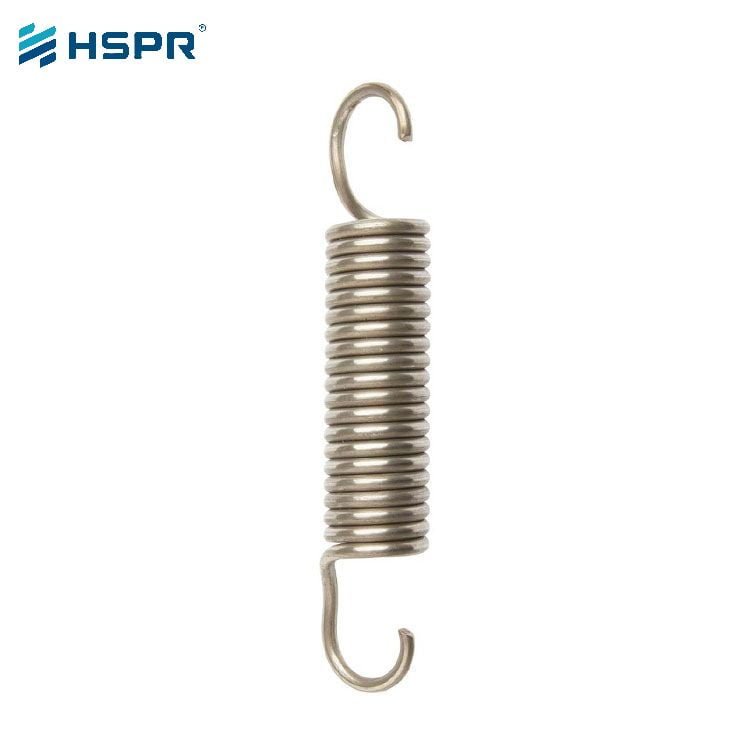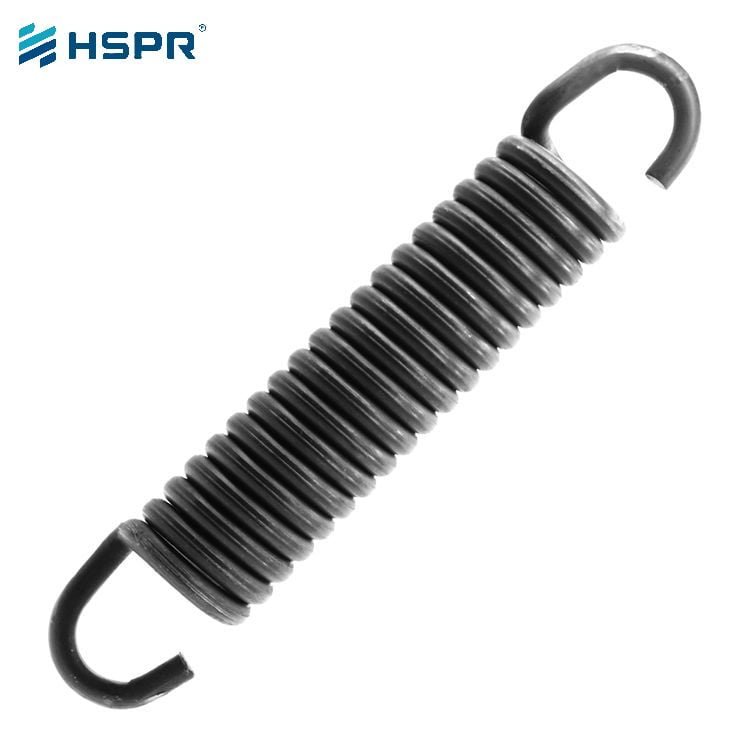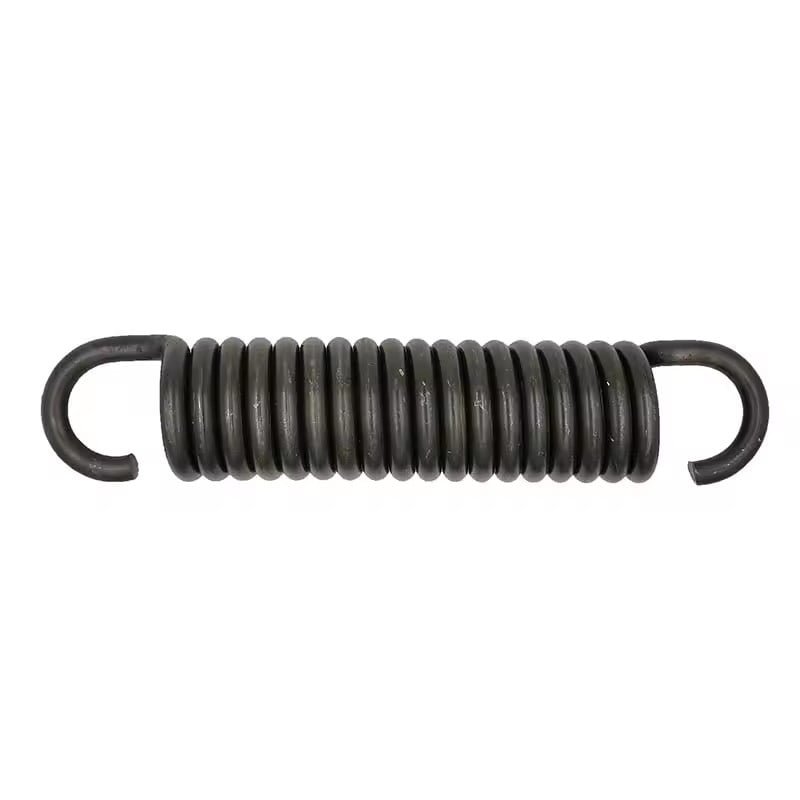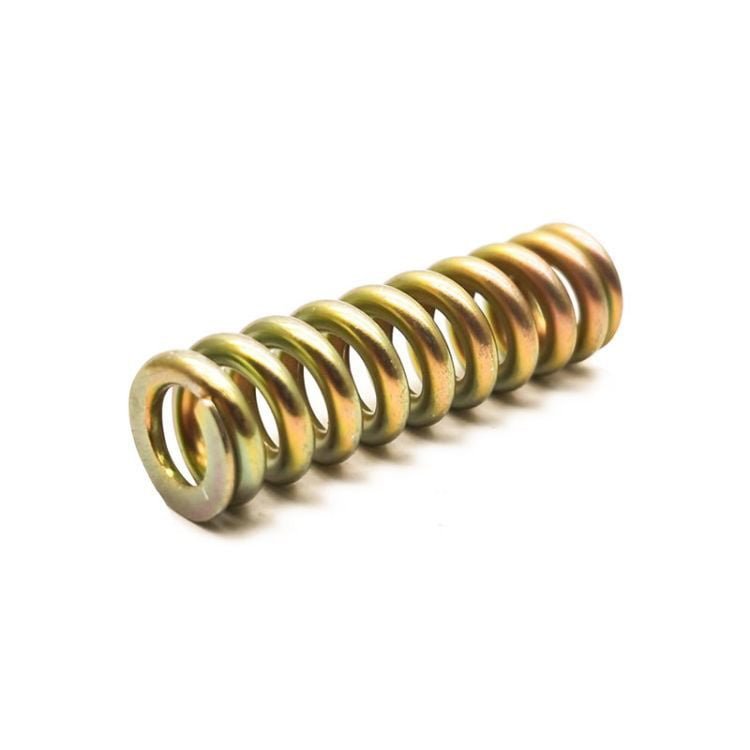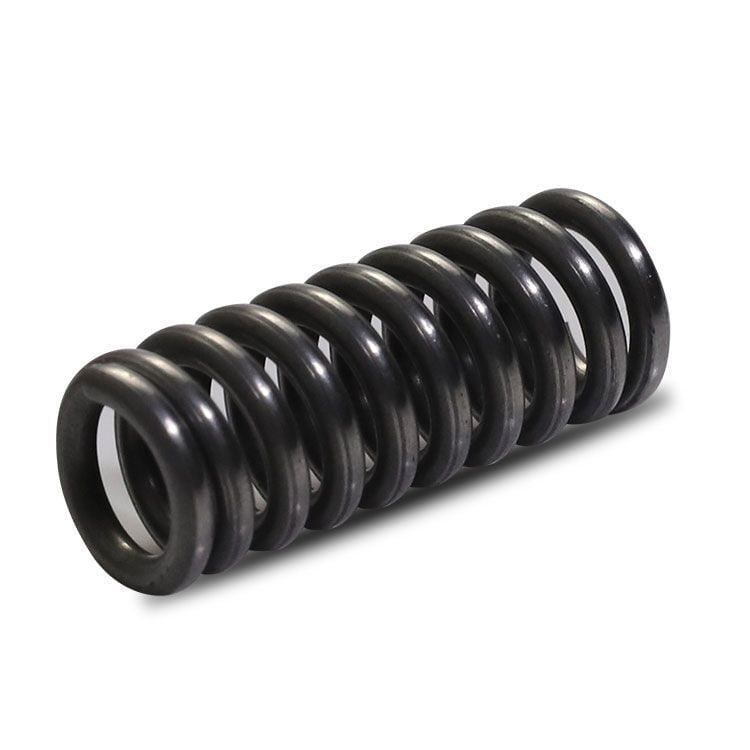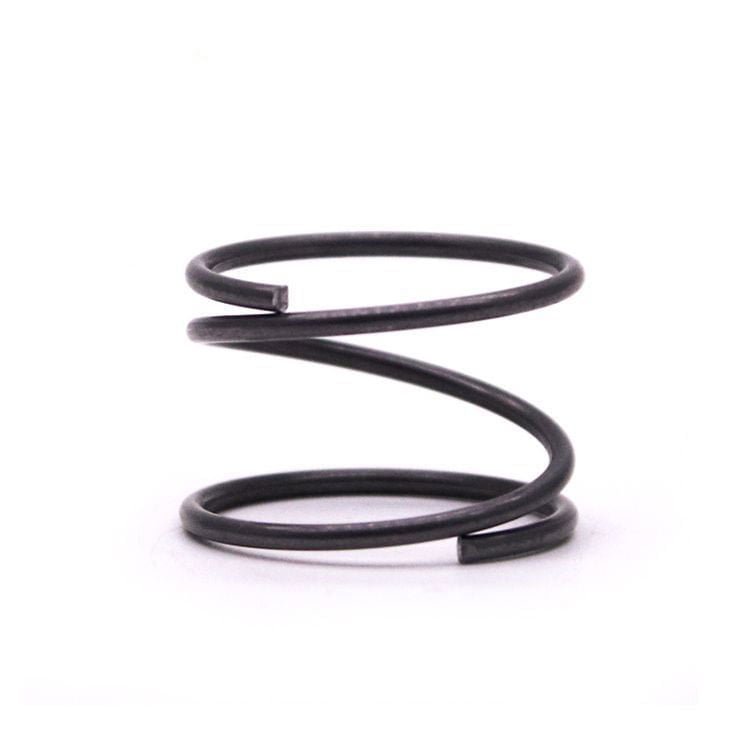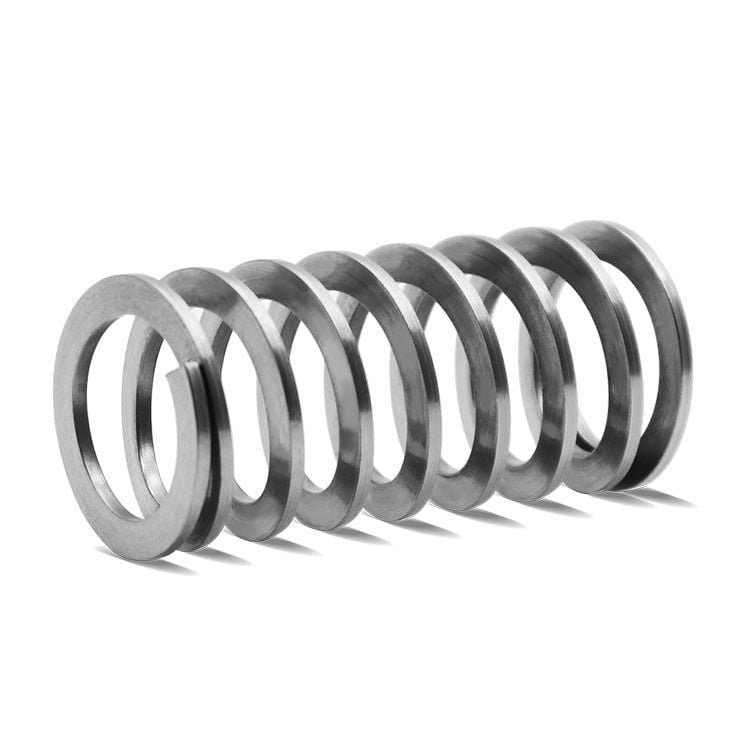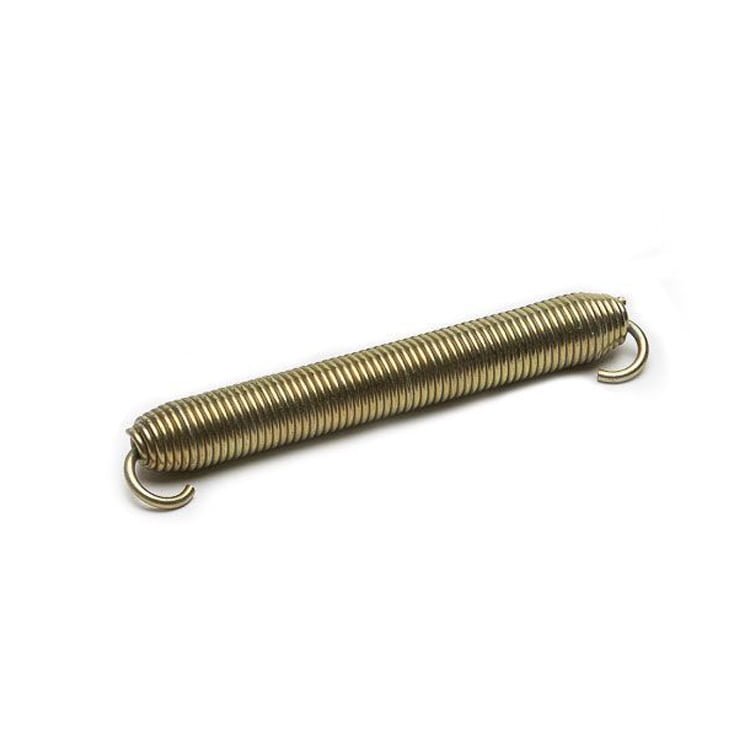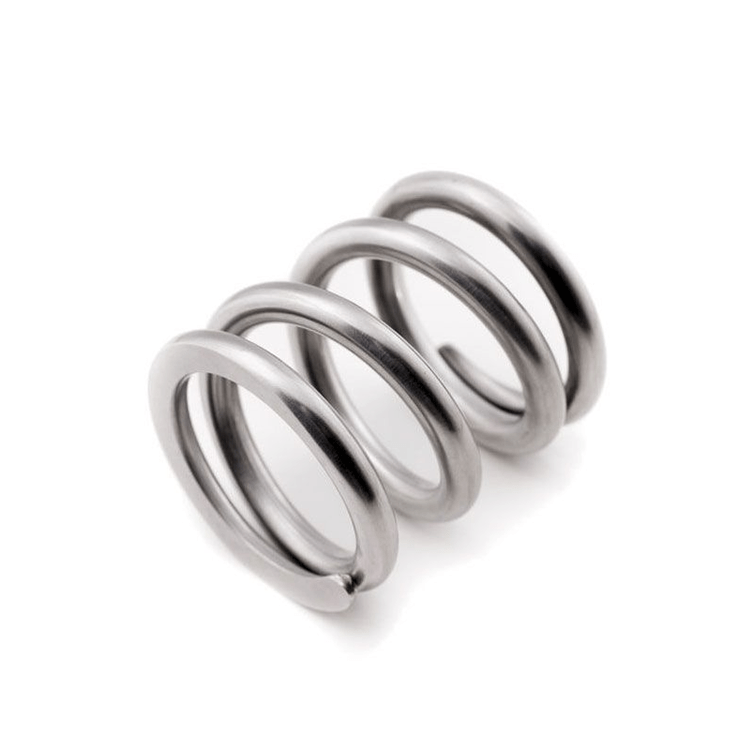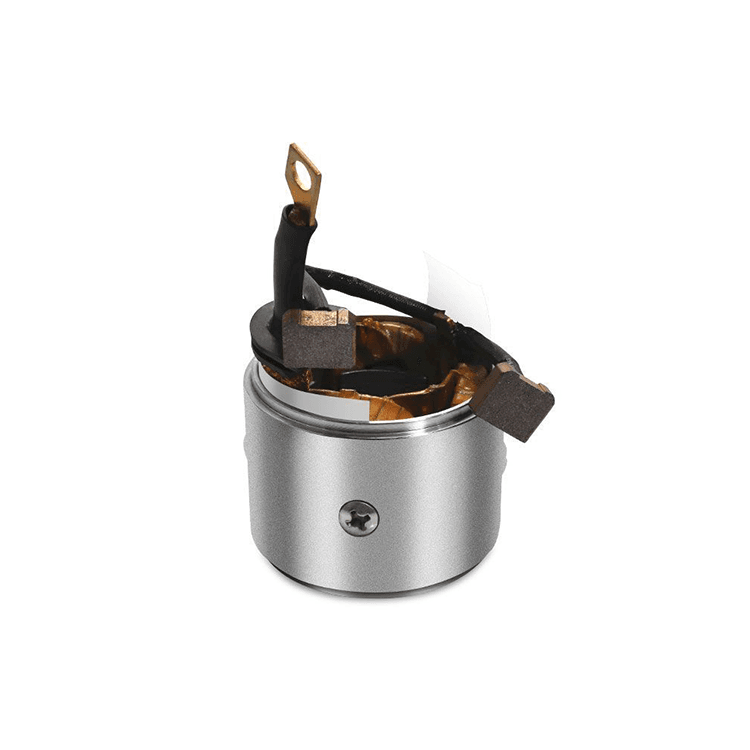High tensile springs
High tensile springs, at the time of design, “tensile strength” refers to the strength of the raw material and the resulting ability of the spring to resist stress breakage. The tensile strength is essential to maintain the function of the coil spring and extend its service life.
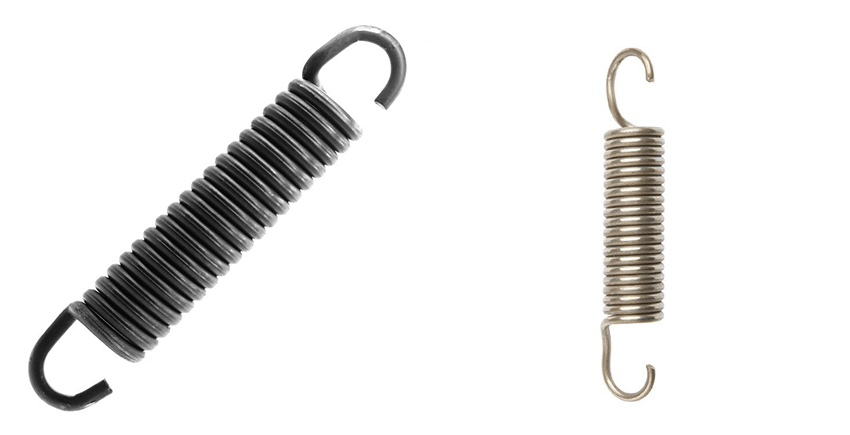
In the automotive aftermarket, there are many different types of springs and materials to choose from, and one factor to consider is tensile strength. In general, the higher the tensile strength, the more durable the spring, so designers need to constantly weigh cost and strength.
What is a high tensile springs?
High tensile springs are springs made of high-strength materials that can withstand heavy loads and additional formation, and they are often used in heavier applications.
Benefits of using high strength springs
The use of high tensile springs in various industries has a number of advantages that improve the efficiency, reliability and safety of mechanical systems, and the following are some of the advantages of using high-pressure springs:
Enhanced load support
High tensile springs are designed to provide excellent load carrying capacity and are ideal for applications requiring heavy support. By effectively distributing weight or force, these springs minimize the risk of structural damage or component failure, ensuring reliable and safe operation of the equipment.
Enhance durability
High tensile springs have excellent durability and are able to withstand high strength and fatigue resistance. These springs are able to withstand continuous use and heavy loads for long periods of time without compromising their performance or structural integrity. As a result, they actually reduce frequent maintenance or replacement, which saves costs and increases equipment uptime.
Improve security
The reliable performance of high tensile springs improves the overall safety of the mechanical systems that use them. By effectively managing heavy loads or forces, these springs prevent sudden component failures or unanticipated system failures, thereby minimizing the risk of accidents, injuries and property damage.
Increase accuracy and control
The precise tension control provided by high tensile springs enables precise force application in a variety of industrial processes. This level of control enables greater accuracy and ensures that the required force is applied, so the high tensile springs helps to improve product quality and process efficiency.
Diversified application solutions
High tensile springs with customizable designs and a wide range of load capacities provide versatile solutions for a wide range of applications. Whether it is heavy machinery, automotive systems or aerospace components, these springs can be customized to specific requirements, making them the first choice for different industries.
FAQ
1. What is a high tensile springs?
High strength springs are designed to withstand great force or tension, and are commonly used in industrial applications where strong and reliable springs are required to apply force or support heavy loads.
2. What are the characteristics of high tensile springs?
High-strength springs have different characteristics from ordinary springs, including high load capacity, strong fatigue resistance, customizable design and precise tension control.
3. What are the benefits of using high tensile springs?
High-strength springs offer many advantages, including enhanced load support, increased durability, improved safety, and enhanced precision and control. These springs effectively distribute weight or force, withstand high forces and resist fatigue, prevent component failure and provide accurate force application.
4. Where are high-strength springs often used?
High-strength springs can be used in a variety of industries, including automotive, heavy machinery, industrial equipment, aerospace, medical equipment, and power generation systems. They are used for suspension systems, controlling various moving parts, ensuring the proper operation of aerospace components, supporting medical procedures, and handling forces generated during power generation.
